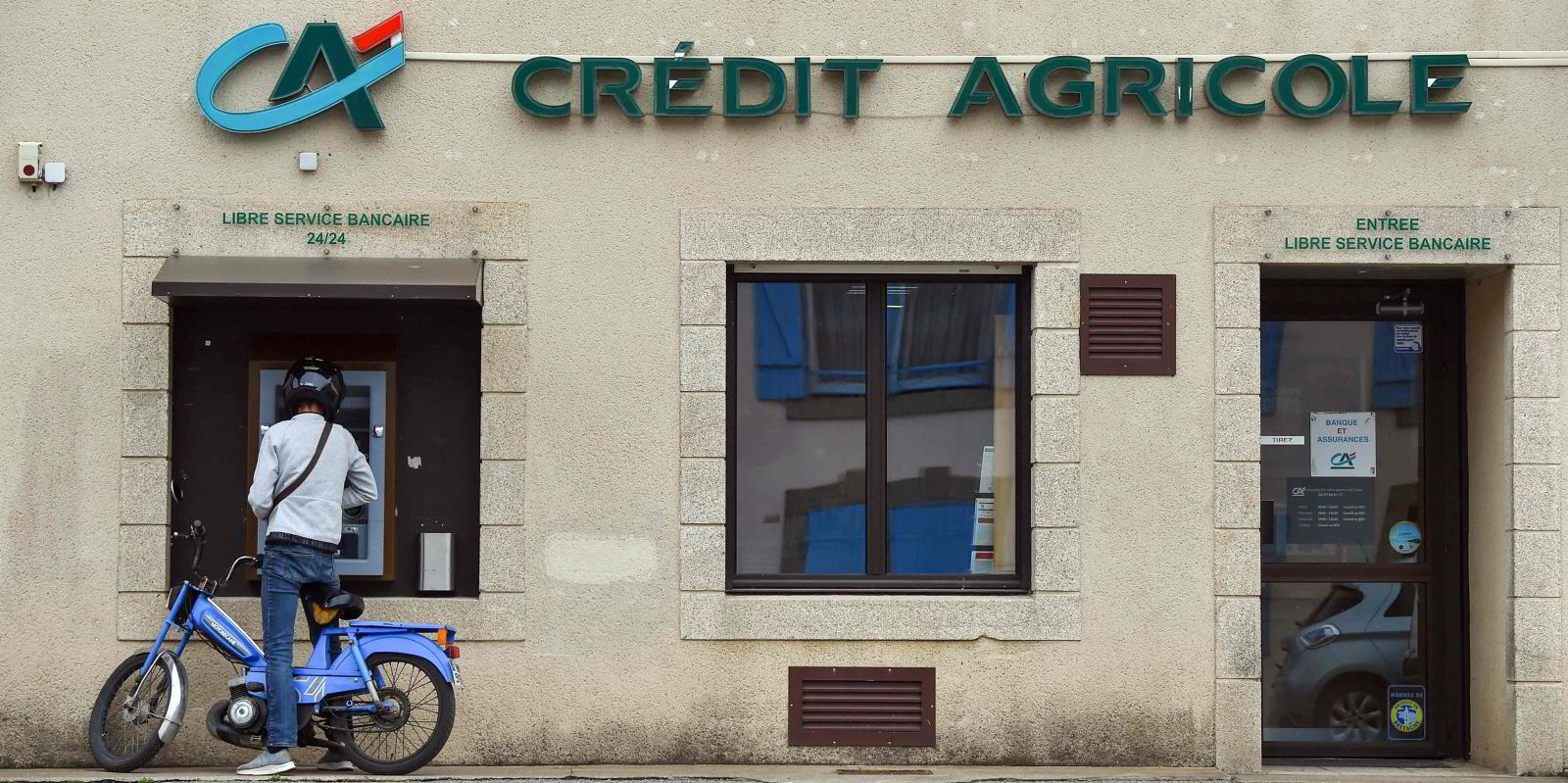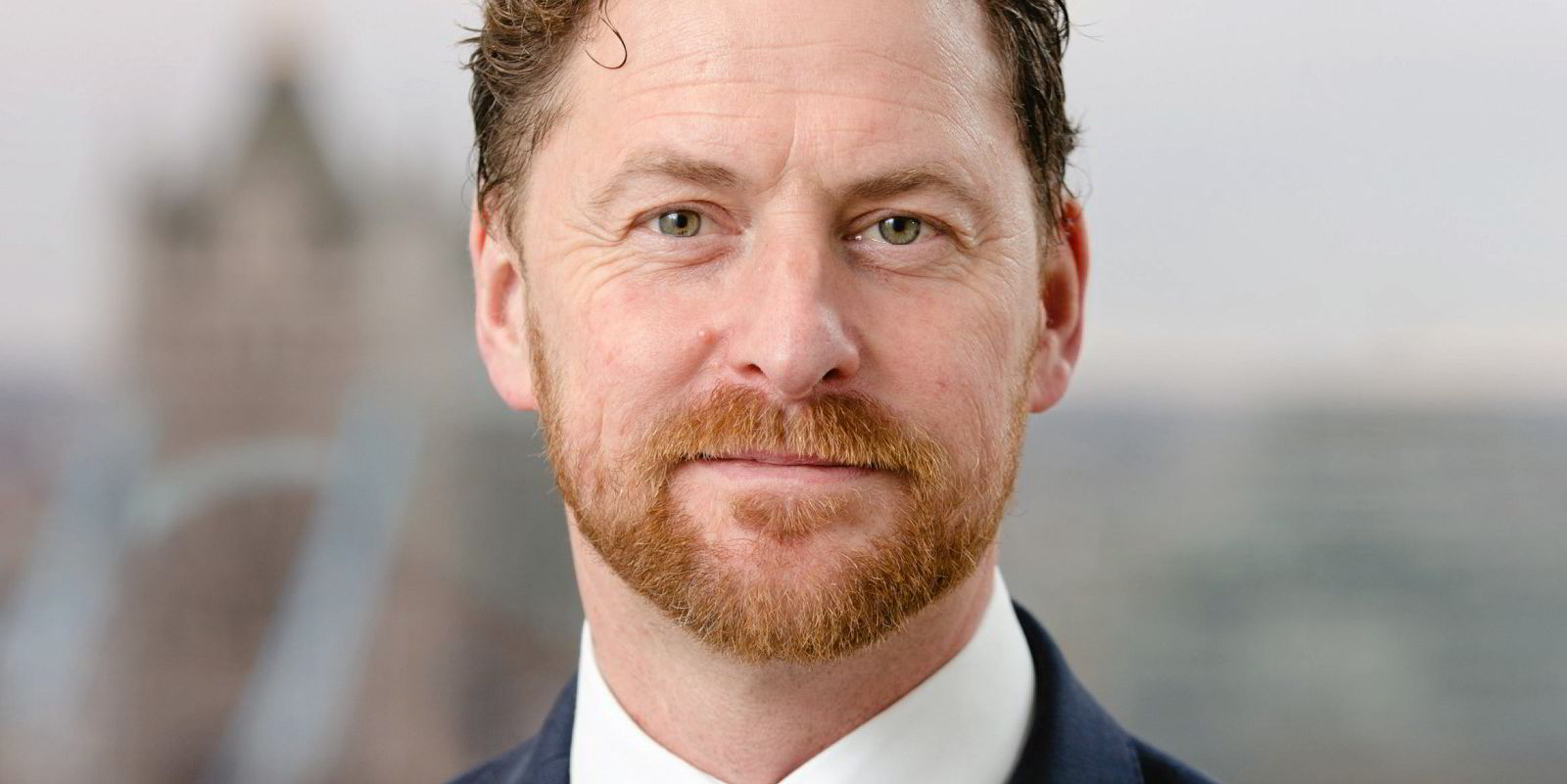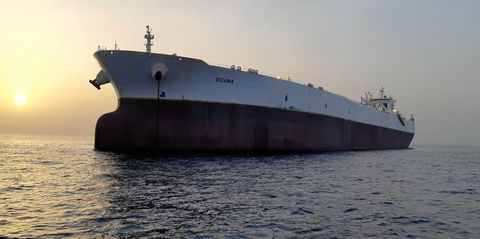After the Covid-19 pandemic brought cruise to a screeching halt in 2020, one of the side effects was that it delivered a blow to emissions data reported by the shipping banks signed up for the Poseidon Principles.
The latest numbers show that, even after the cruise industry got back on its feet, passenger vessels financed by the banks are still farther away than cargo shipping from the International Maritime Organization’s new trajectory toward net zero greenhouse gas emissions.
In last year’s Poseidon Principles report, which focused on 2021 data, the banks that broke out their cruise portfolios reported emissions that were, on average, 46.6% misaligned with a trajectory to meet the International Maritime Organization’s prior target of slashing shipping’s carbon footprint in half by 2050.

In the latest report by the Global Maritime Forum-backed initiative, the banks reported significantly improved numbers for their cruise and ferry portfolios, with carbon emissions just 12.4% above the prior trajectory, based on data from 2022. That was above the also-improved 2% misalignment reported across the shipping fleet.
But the Poseidon Principles banks are now reporting against the IMO’s new targets, calling for net zero greenhouse gas emissions by around 2050, and the cruise and ferry emissions remain much farther off the path than cargo vessels, a fact that the banks blame on reporting metrics and expectations for market growth.
Passenger vessel portfolios were 71.5% off the IMO’s path to cut shipping emissions by a minimum of 20% in 2030 relative to 2008, and they were 78.3% misaligned with the 30% cut that the IMO is “striving for” that year.
Overall, 2022 shipping portfolios were off the mark by 27.2% on the minimum trajectory and 32.1% off the “striving for” path, according to the report.
The Poseidon Principles is a reporting framework in which signatories, which now number 34, disclose the emissions in ships in their portfolio against IMO’s decarbonisation trajectories.
The pandemic led the cruise sector to have a lower greenhouse gas footprint overall, but the calculation methodology for carbon intensity resulted in “extremely high” relative emissions.

Now that the situation is over, why does passenger shipping have more work to do to align with the IMO’s new goals?
In part, it is because of the positive outlook for the cruise industry, which is expected to see more demand growth than the shipping industry average.
“The consequence is that the 2023 IMO Greenhouse Gas Strategy trajectory for cruise ships is steeper — eg it requires a greater rate of reduction in GHG intensity — than the trajectory for many other ship types,” the Poseidon Principles said in its report.
“This is one of the factors explaining why many banks are reporting passenger ship misalignments that are significantly greater than their cargo ship misalignments, and greater than their passenger ship misalignment as calculated.”
Cruise ships are often backed by far bigger loans than cargo vessels, and they represent a major share of some banks’ shipping portfolios.
France’s BNP Paribas, for example, reported that the fleet of ships that it finances was 27.2% to 32% off the IMO’s new trajectory in 2022.
Portfolio emissions are shown as a percentage of misalignment with the IMO’s goal of achieving at least 20% emissions cuts in 2030 on the way to net zero and “striving for” 30% reductions at the end of the decade. Negative numbers represent emissions that are below the trajectory, Only banks that chose to report passenger shipping emissions separately are shown, though all Poseidon Principles signatories are factored into the total shipping portfolio average.
| Passenger shipping | Total shipping portfolio | |||
| Bank | 20% cut | 30% cut | 20% cut | 30% cut |
| BNP Paribas | 68.5% | 74.8% | 27.2% | 32% |
| Bpifrance Assurance Export | 82.7% | 92.8% | 82.7% | 92.8% |
| CaixaBank | 92.20% | 99.40% | 64.30% | 70.30% |
| Citi | 70.1% | 76.4% | 33% | 38% |
| Credit Agricole CIB | 58% | 63.9% | 29% | 33.9% |
| DekaBank Deutsche Girozentrale | 62.2% | 69.3% | 17.8% | 22.1% |
| DNB | 70.9% | 77.3% | 25.7% | 30.5% |
| Export Finance Norway | -18.20% | -15.10% | -6.80% | -3.30% |
| KfW IPEX-Bank | 73.6% | 80.1% | 49% | 54.6% |
| Nordea Bank | 57.5% | 63.4% | 23.1% | 27.7% |
| SMBC | 81.7% | 88.5% | 26.6% | 31.3% |
| Societe Generale | 68.3% | 74.6% | 36.8% | 41.9% |
| Poseidon Principles average | 71.5% | 78.3% | 27.2% | 32.1% |
But Vincent Pascal, the bank’s head of shipping operations for Europe, the Middle East and Africa, said passenger vessel emissions had a “material bearing” because of the role cruise ships play in its maritime portfolio.
BNP’s passenger vessel portfolio was off by 68.5% to 74.8% off the track.
“This demonstrates the need to activate all the levers to decarbonisation and that banks must remain engaged throughout for supporting this collective long-term imperative for the maritime industry,” he wrote in the Poseidon Principles 2023 report.
Another factor weighing on passenger shipping’s emissions figures is the methodology for calculating them.
As Green Seas has reported, the cruise industry has proposed altering the Carbon Intensity Indicator regulation because of the way it penalises time spent in port — including the destinations that are key to their customer offering.
The Poseidon Principles’ new trajectory also factors in the IMO’s new well-to-wake carbon accounting, rather than well-to-tank, and the inclusion of other greenhouse gases.
Among the banks, Citi reported 33% to 38% misalignment of its portfolio with the IMO’s new trajectory, but its passenger shipping fleet was 70.1% to 76.4% above the track.
Michael Parker, the US bank’s chairman of global shipping, logistics and offshore, said the new methodology impacted key parts of Citi’s portfolio, particularly passenger vessels.
”We believe more work is required to further optimise the passenger calculation framework to ensure the nature of their operations are captured,” said Parker, who is also the chairman of the Poseidon Principles. “Citi looks forward to further supporting the optimisation of the methodology for the new trajectories as further guidance is provided by the IMO.”
Spain’s CaixaBank had the biggest misalignment, with a 92.2% to 99.4% overshoot.

The bank said a small number of ships in its portfolio made a major impact, as it would have reported 6.2% were it not for four ships. But it also said the Poseidon Principles metrics should separate out high-speed ferries as the IMO’s carbon intensity rules do.
Senior director of asset finance Roger Torrella said that the bank considers emissions on every new financing and that the Poseidon Principles are one of many metrics.
“We hope that Poseidon Principles will solve remaining challenges with regard to its metrics,” he said.
_______________
Podcast: At COP28, shipping grapples with challenges of ‘transitioning away’ from fossil fuels
The COP28 climate conference has concluded with a new global goal: Transitioning away” from fossil fuels.
It is an outcome that was disappointing for those calling for the agreement to include a phase-out, but for others, it was historic for even oil-producing nations to sign up to the commitment.
Transitioning away from fossil fuels is already a goal that shipping has been grappling with, as the International Maritime Organization targets net zero greenhouse gas emissions by around 2050. In today’s episode, industry stakeholders speak at the climate gathering to discuss the challenges of reaching net zero.
_______________
On board the Green Pioneer: A trailblazer for ammonia-powered shipping
An Australian mining and energy company aims to fuel its ground-breaking ammonia-powered vessel for the first time in Singapore in February in the latest waypoint on shipping’s journey to become a zero-emission industry by 2050, Paul Peachey writes.
The 2,874-gt Green Pioneer (built 2010), a former offshore supply vessel, has been retrofitted by engineering experts from metals and energy company Fortescue, with two of its four diesel engines now able to run on ammonia.
The company, which is seeking to achieve carbon neutrality by 2030, said it was frustrated in its efforts by the slow development of ammonia engines.
_______________
Louis Dreyfus signs deal for wind assist propulsion installation
Netherlands-based Louis Dreyfus Company is to install four wind assist technologies on board one of its chartered juice carriers, the Atlantic Orchard, Craig Eason reports.
The global commodities trading company has signed a contract with Spanish technology firm Bound4Blue to install four systems, known as suction sails, on board the 39,202-dwt vessel operated by Sweden’s Wisby Tankers.
The systems will be 26 metres high and installed on the 10-year-old vessel during 2024, adding to the list of ships the system makers have signed contracts to install units on.






